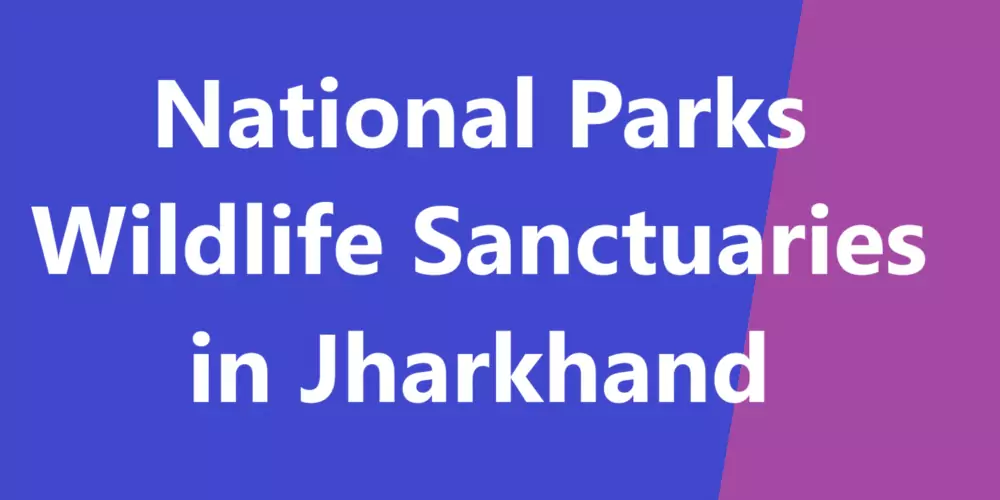Jharkhand, located in eastern India, is home to several national parks, tiger reserves, and wildlife sanctuaries, preserving the rich biodiversity of the region.
List of National Parks and WLS in Jharkhand
| Name | Established | Area (Sq. Km) |
|---|---|---|
| Betla National Park | 1986 | 214 |
| Koderama WLS | 1985 | 178 |
| Palamu | 1976 | 794 |
| Gautam Budha (JH) WLS | 1971 | 100 |
| Mahuadanr WLS | 1976 | 63 |
| Parasnath WLS | 1981 | 49 |
| Topchanchi WLS | 1978 | 8.75 |
| Hazaribagh WLS | 1976 | 186 |
| Lawalong WLS | 1978 | 207 |
| Dalma WLS | 1976 | 193 |
| Udhwa Lake and Bird Sanctuary | 1990 | 183 |
